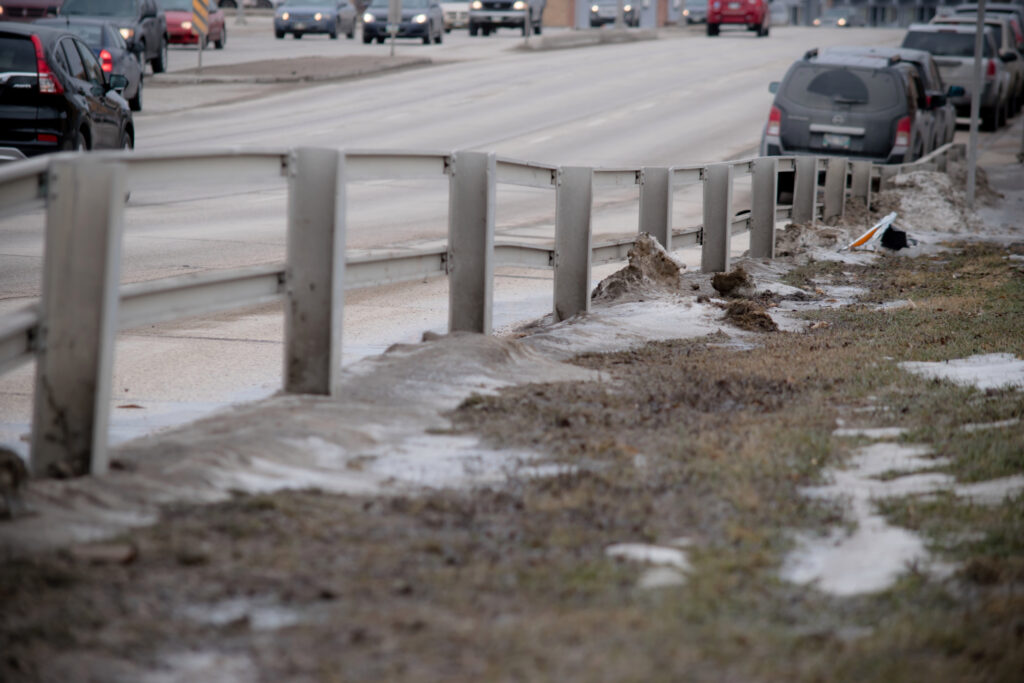
We’ve been spared a lot of shoveling this year, as weather patterns in southern Manitoba didn’t bring the usual dumping of snow this winter. But while Manitobans’ backs might be thankful, the lack of wet stuff has had other impacts.
It’s part of what a climate researcher says is a moderate to severe drought affecting the eastern prairies.
“If you look at the map, it shows that definitely southwestern Manitoba is the area that’s hardest hit,” Dave Sauchyn of the Prairie Adaptation Research Collaborative Center told 680 CJOB.
“Adjacent parts of southeastern Saskatchewan (also) have moderate to severe drought.”
Sauchyn said last year was one of the driest on record for the region, despite isolated flooding incidents around Manitoba, and an overall trend toward wetter winters.
“All the models show that we expect winters to be getting wetter as they get warmer, and the dry season is usually the summer,” he said.
“The models indicate we should expect some really dry summers, but not so much the dry winters.”
It’ll take more than one large storm, however, to get us back to normal.
Sauchyn said places that have drought conditions for long periods can’t expect to turn it around with one big snow or rainfall.
“If you’ve got a relatively short drought, then yeah, a major rainstorm or snowstorm can bring back the soil moisture,” he said. “But if you’re going months and months of drought, it takes a few good rainstorms to get that back — and maybe a few wet months.”